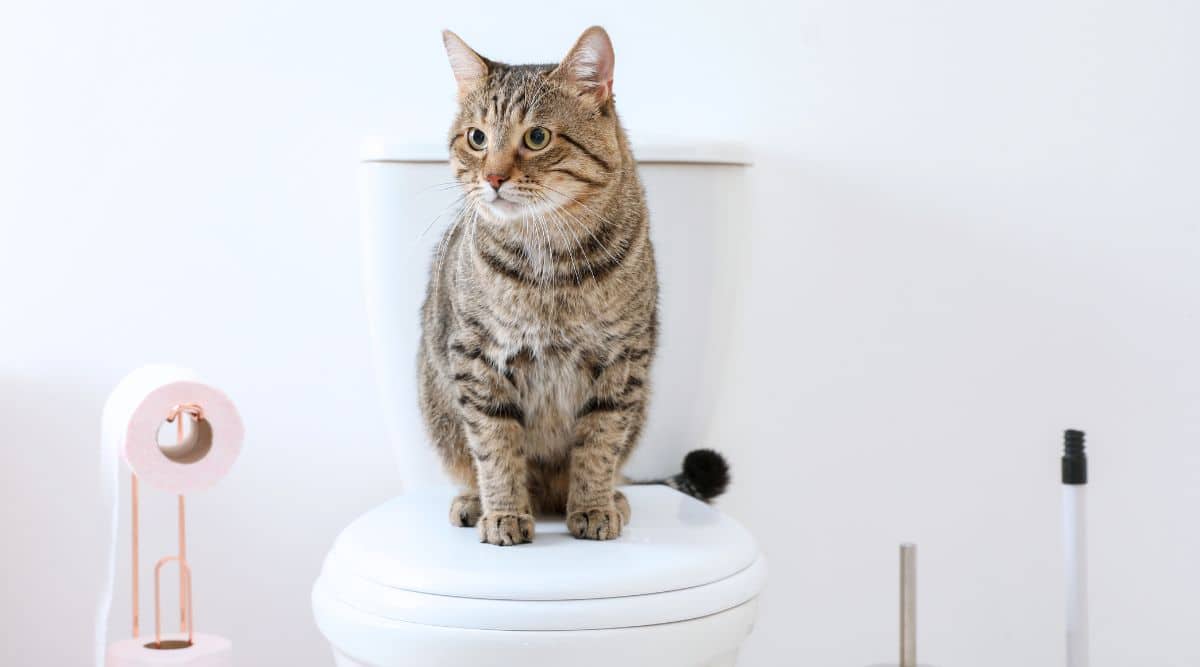The Risks of Flushing Cat Poop in Your Toilet - Precautionary Measures
The Risks of Flushing Cat Poop in Your Toilet - Precautionary Measures
Blog Article
The article down below on the subject of Don’t flush cat feces down the toilet is unquestionably captivating. Don't overlook it.

Introduction
As cat owners, it's essential to be mindful of just how we deal with our feline close friends' waste. While it may appear hassle-free to flush pet cat poop down the commode, this technique can have destructive effects for both the setting and human health and wellness.
Alternatives to Flushing
Luckily, there are much safer and more liable means to throw away cat poop. Consider the adhering to alternatives:
1. Scoop and Dispose in Trash
One of the most typical method of disposing of feline poop is to scoop it into a naturally degradable bag and throw it in the trash. Make certain to use a committed litter inside story and dispose of the waste immediately.
2. Usage Biodegradable Litter
Opt for naturally degradable pet cat clutter made from materials such as corn or wheat. These trashes are eco-friendly and can be securely gotten rid of in the garbage.
3. Hide in the Yard
If you have a lawn, take into consideration hiding pet cat waste in a marked location far from veggie gardens and water resources. Make sure to dig deep enough to stop contamination of groundwater.
4. Install a Pet Waste Disposal System
Buy an animal garbage disposal system particularly designed for feline waste. These systems make use of enzymes to break down the waste, minimizing smell and environmental influence.
Wellness Risks
Along with environmental problems, purging pet cat waste can likewise present health and wellness risks to humans. Cat feces might have Toxoplasma gondii, a parasite that can cause toxoplasmosis-- a potentially serious disease, particularly for expectant women and people with damaged immune systems.
Ecological Impact
Purging cat poop introduces harmful microorganisms and bloodsuckers right into the supply of water, presenting a substantial risk to aquatic environments. These impurities can adversely impact marine life and compromise water quality.
Conclusion
Responsible pet ownership extends past giving food and sanctuary-- it additionally includes appropriate waste management. By refraining from purging pet cat poop down the bathroom and choosing alternative disposal approaches, we can lessen our environmental footprint and secure human health and wellness.
Why Can’t I Flush Cat Poop?
It Spreads a Parasite
Cats are frequently infected with a parasite called toxoplasma gondii. The parasite causes an infection called toxoplasmosis. It is usually harmless to cats. The parasite only uses cat poop as a host for its eggs. Otherwise, the cat’s immune system usually keeps the infection at low enough levels to maintain its own health. But it does not stop the develop of eggs. These eggs are tiny and surprisingly tough. They may survive for a year before they begin to grow. But that’s the problem.
Our wastewater system is not designed to deal with toxoplasmosis eggs. Instead, most eggs will flush from your toilet into sewers and wastewater management plants. After the sewage is treated for many other harmful things in it, it is typically released into local rivers, lakes, or oceans. Here, the toxoplasmosis eggs can find new hosts, including starfish, crabs, otters, and many other wildlife. For many, this is a significant risk to their health. Toxoplasmosis can also end up infecting water sources that are important for agriculture, which means our deer, pigs, and sheep can get infected too.
Is There Risk to Humans?
There can be a risk to human life from flushing cat poop down the toilet. If you do so, the parasites from your cat’s poop can end up in shellfish, game animals, or livestock. If this meat is then served raw or undercooked, the people who eat it can get sick.
In fact, according to the CDC, 40 million people in the United States are infected with toxoplasma gondii. They get it from exposure to infected seafood, or from some kind of cat poop contamination, like drinking from a stream that is contaminated or touching anything that has come into contact with cat poop. That includes just cleaning a cat litter box.
Most people who get infected with these parasites will not develop any symptoms. However, for pregnant women or for those with compromised immune systems, the parasite can cause severe health problems.
How to Handle Cat Poop
The best way to handle cat poop is actually to clean the box more often. The eggs that the parasite sheds will not become active until one to five days after the cat poops. That means that if you clean daily, you’re much less likely to come into direct contact with infectious eggs.
That said, always dispose of cat poop in the garbage and not down the toilet. Wash your hands before and after you clean the litter box, and bring the bag of poop right outside to your garbage bins.
https://trenchlesssolutionsusa.com/why-cant-i-flush-cat-poop/

I hope you enjoyed reading our part about Can You Flush Cat Poop Down The Toilet?. Thanks a lot for taking time to browse our piece. Are you aware of anybody else who is in the market for the topic? Feel free to promote it. Thanks so much for taking the time to read it.
Call Today Report this page